Dead man passed by here
Valter Vinagre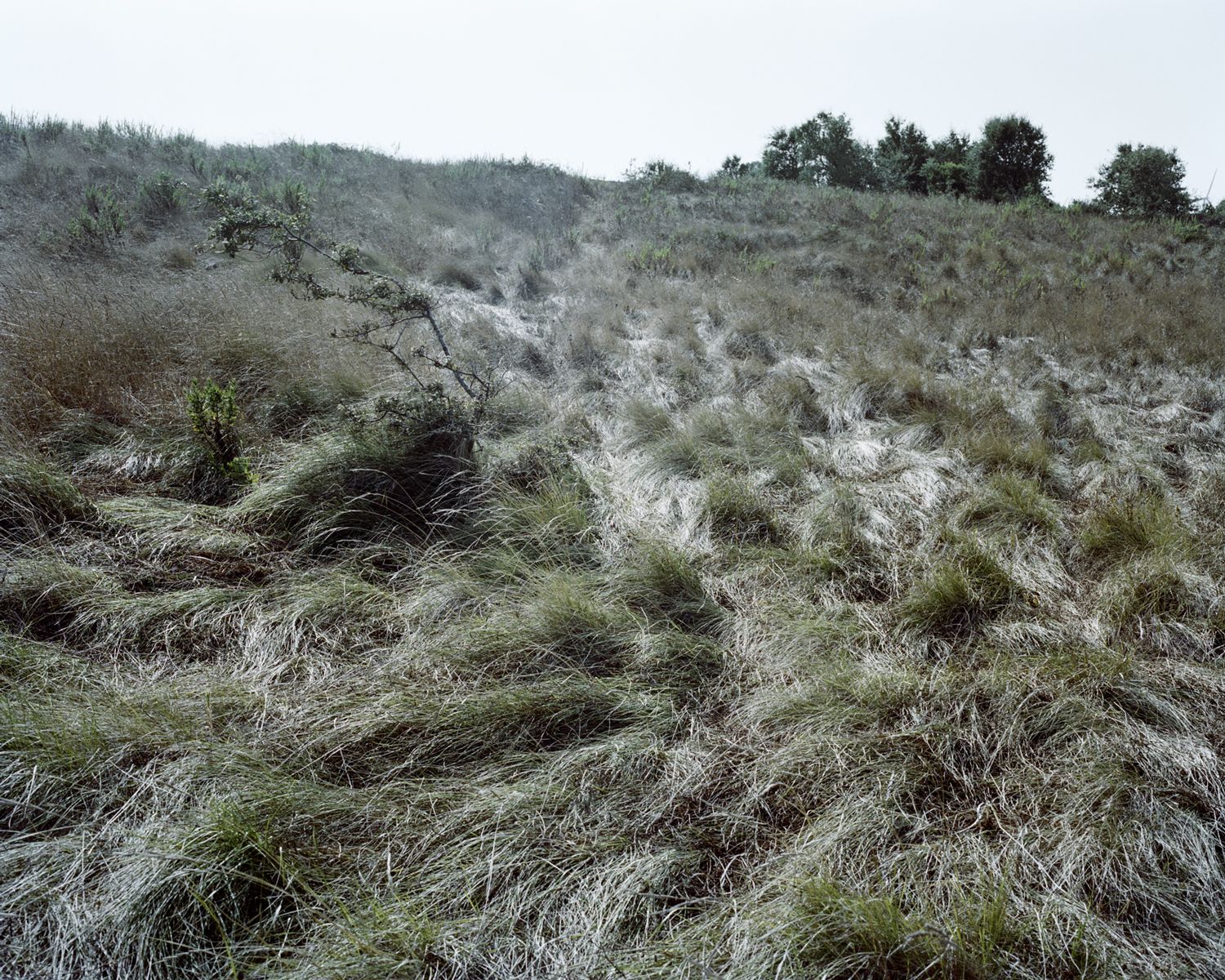
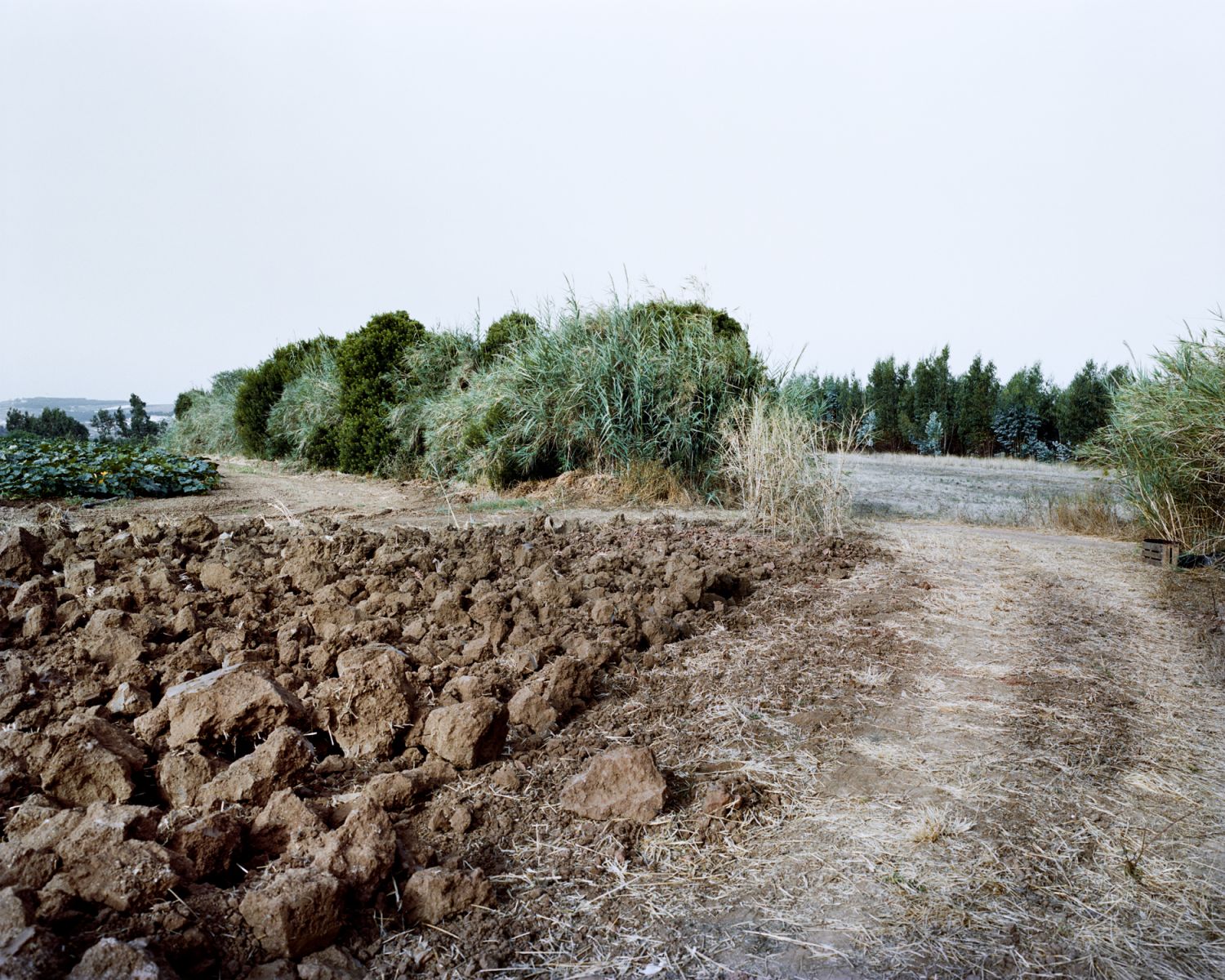
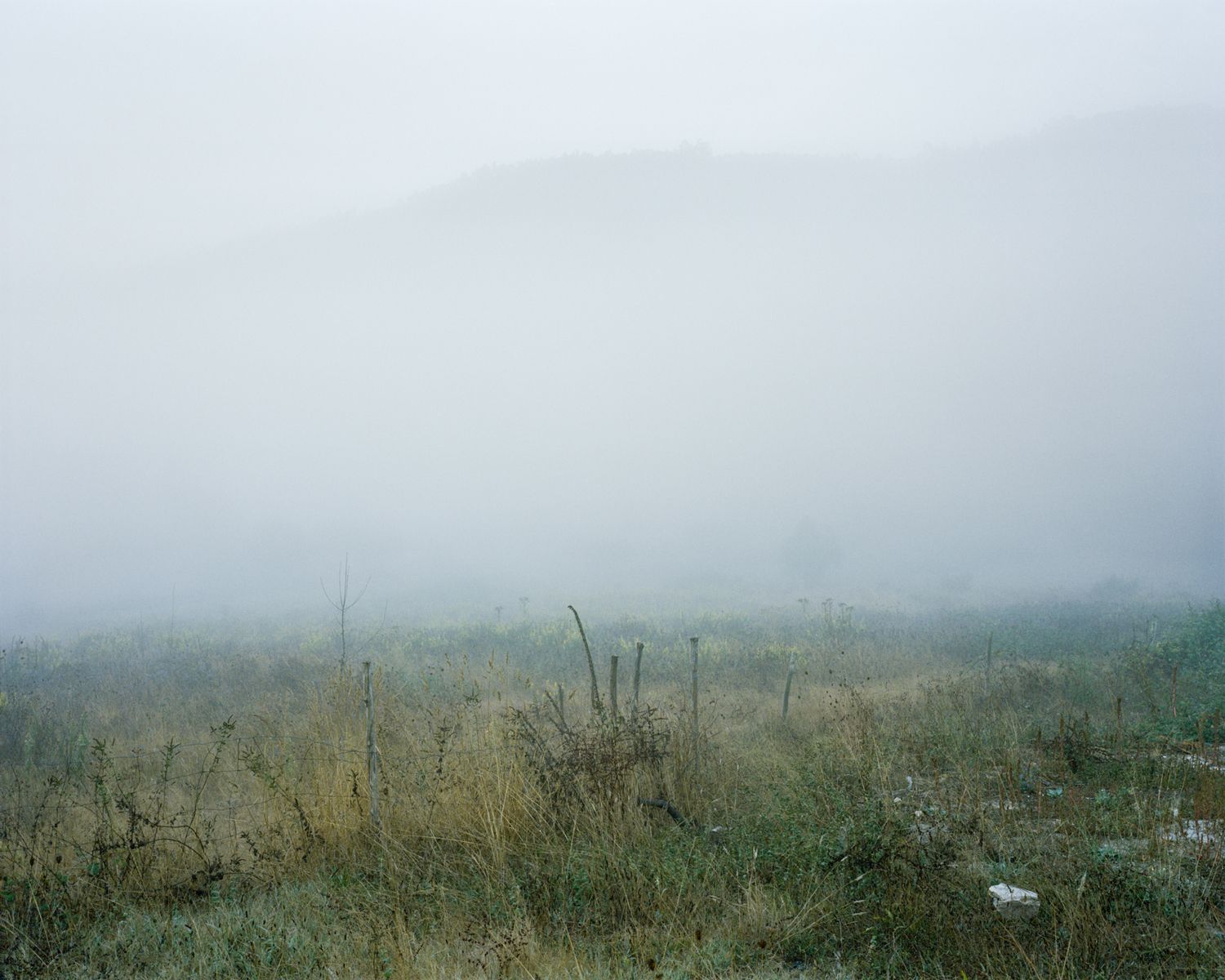
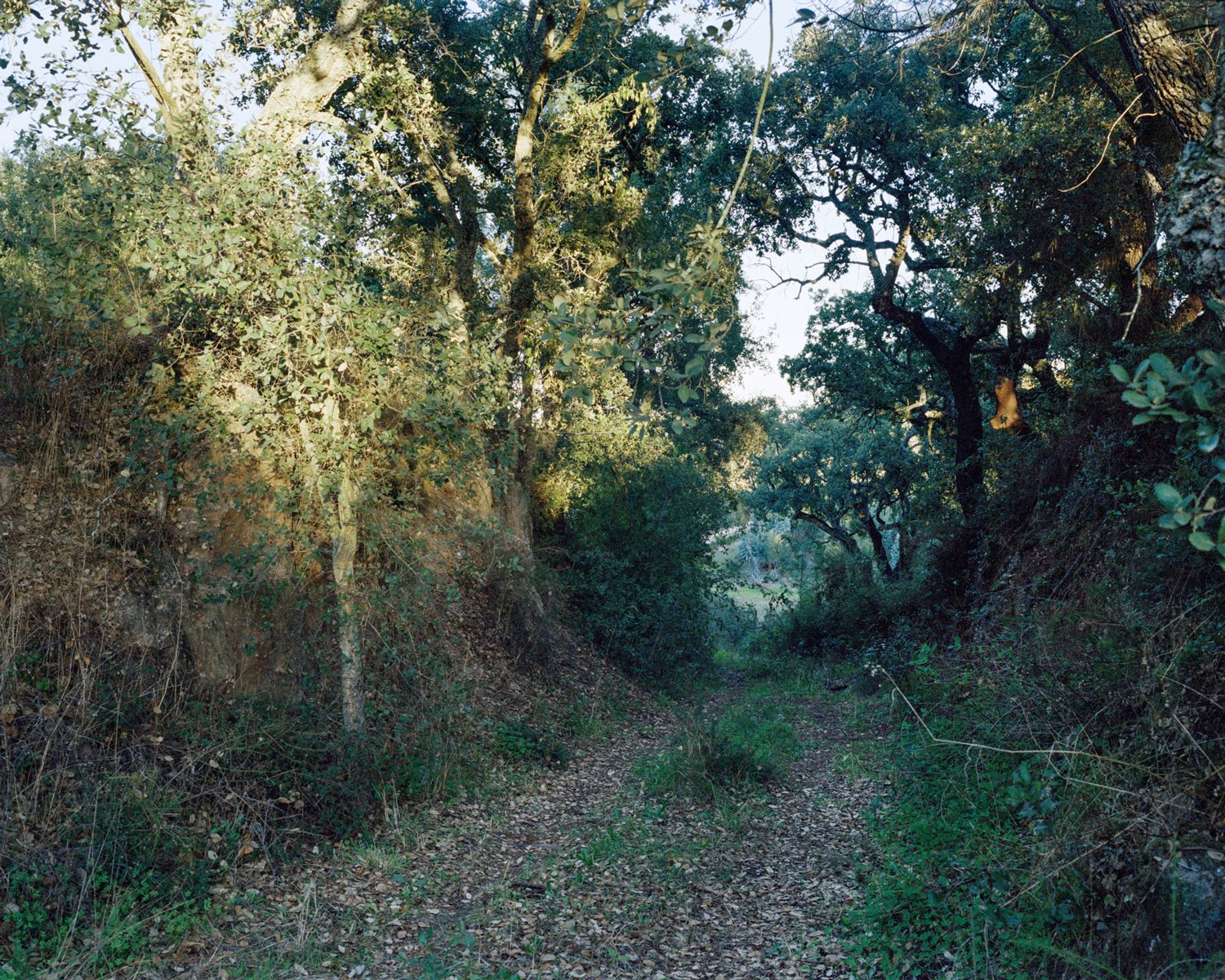
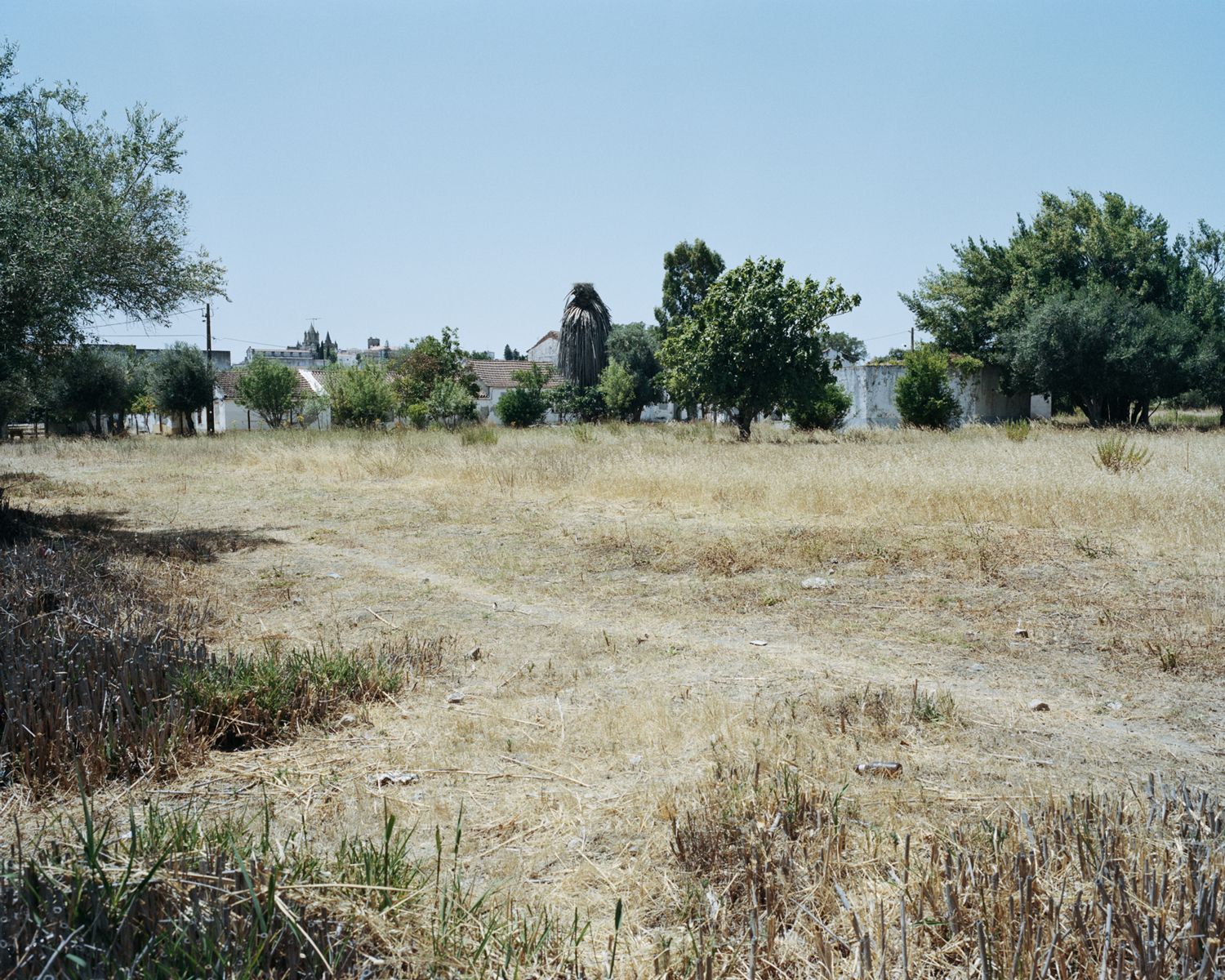
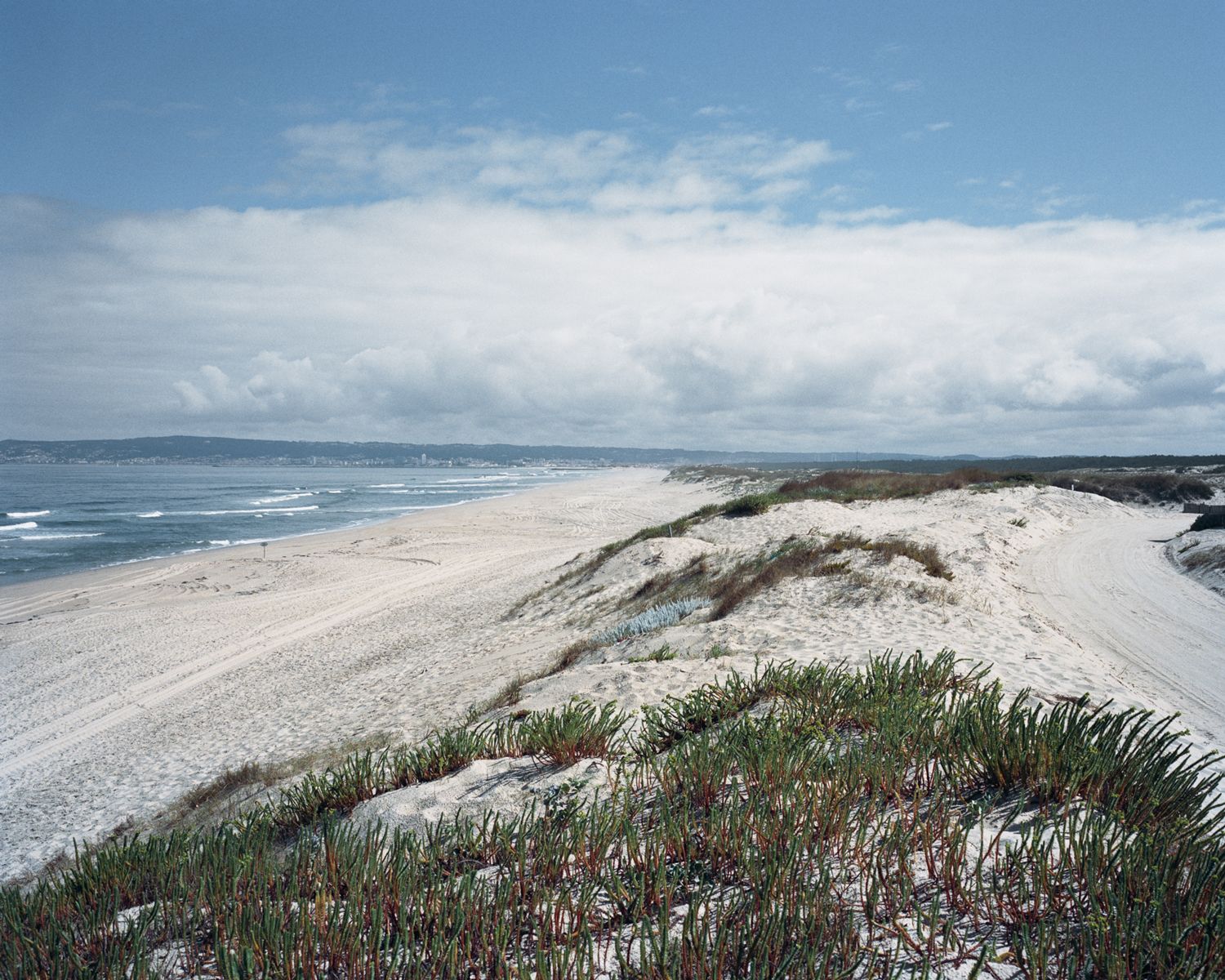
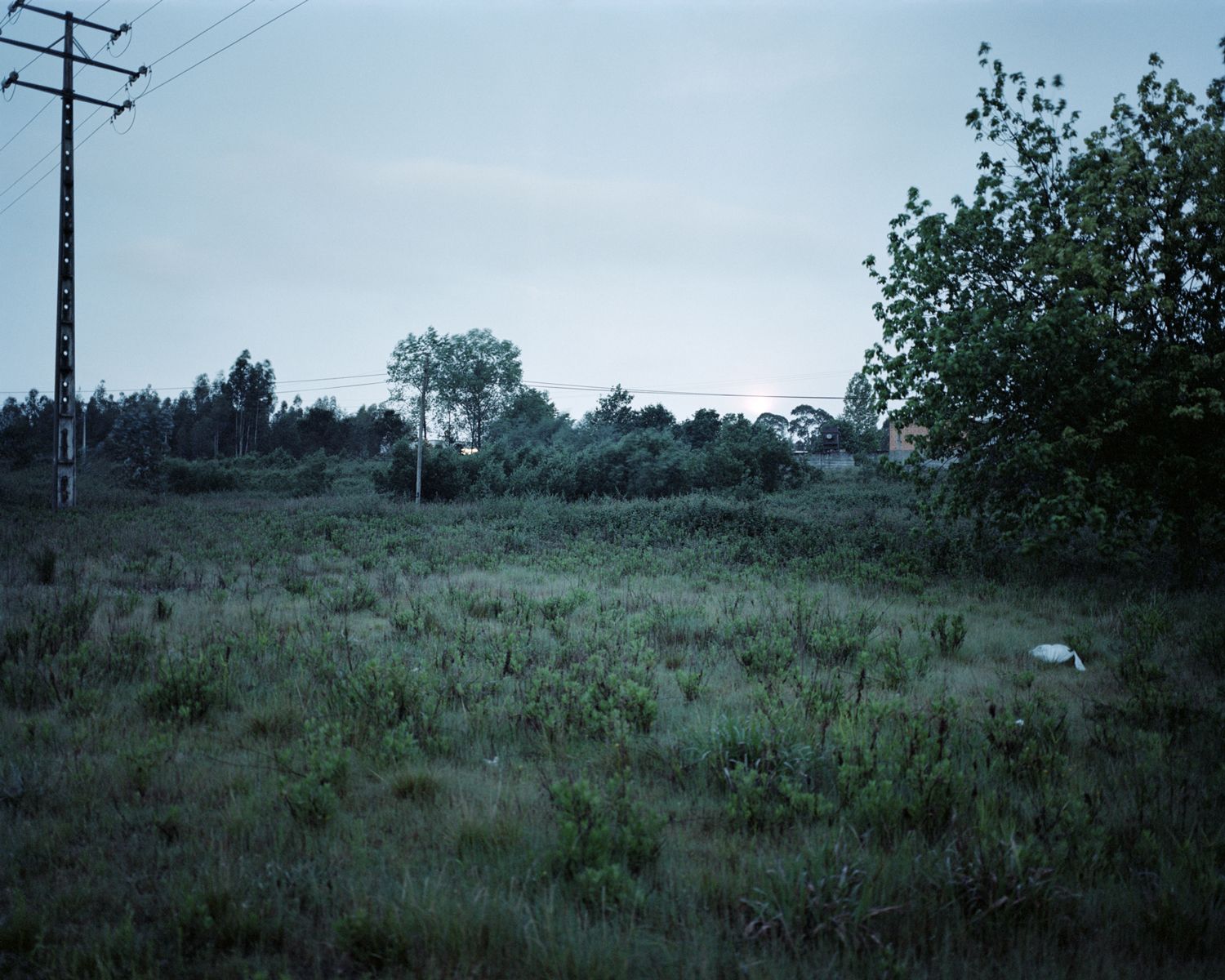
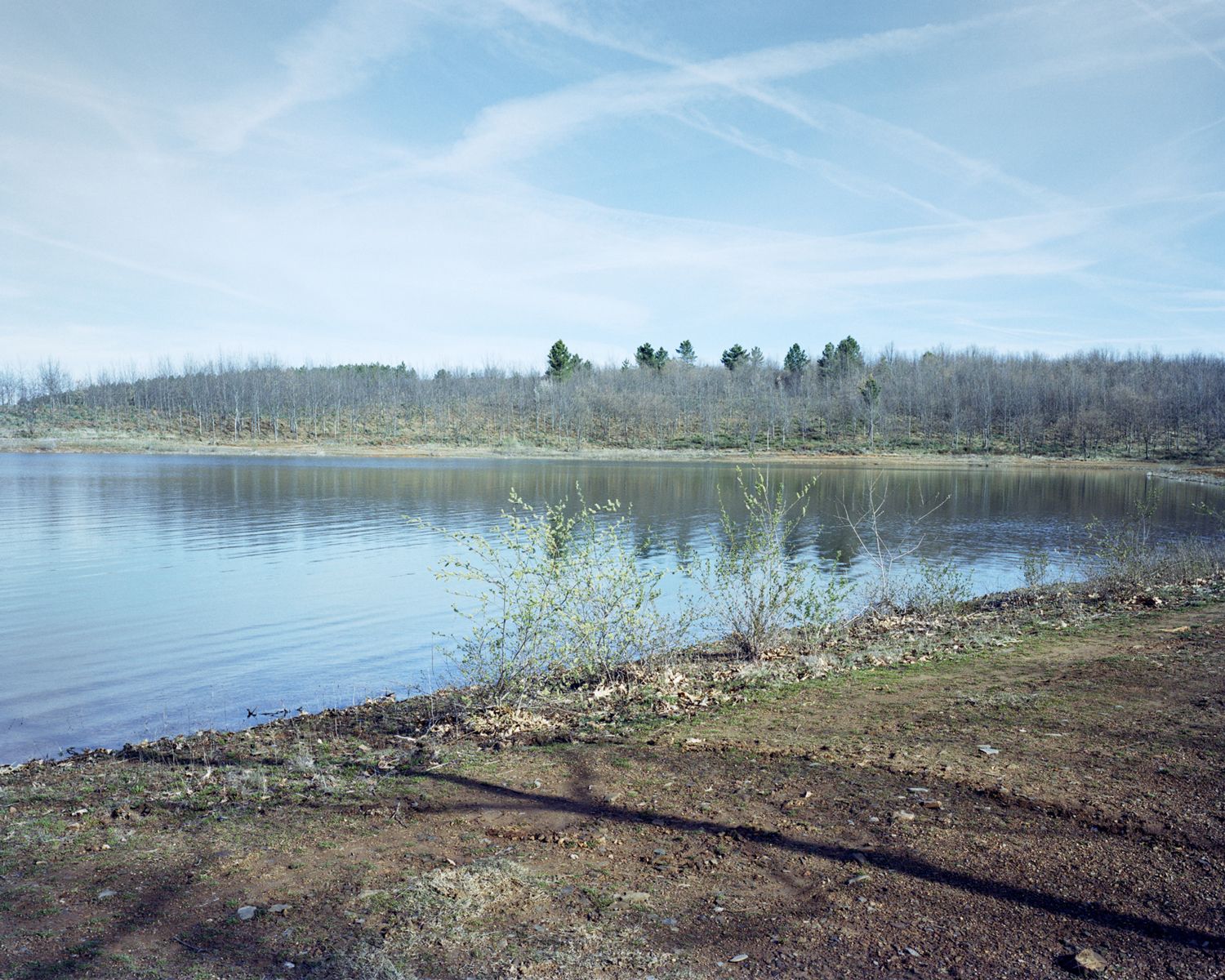
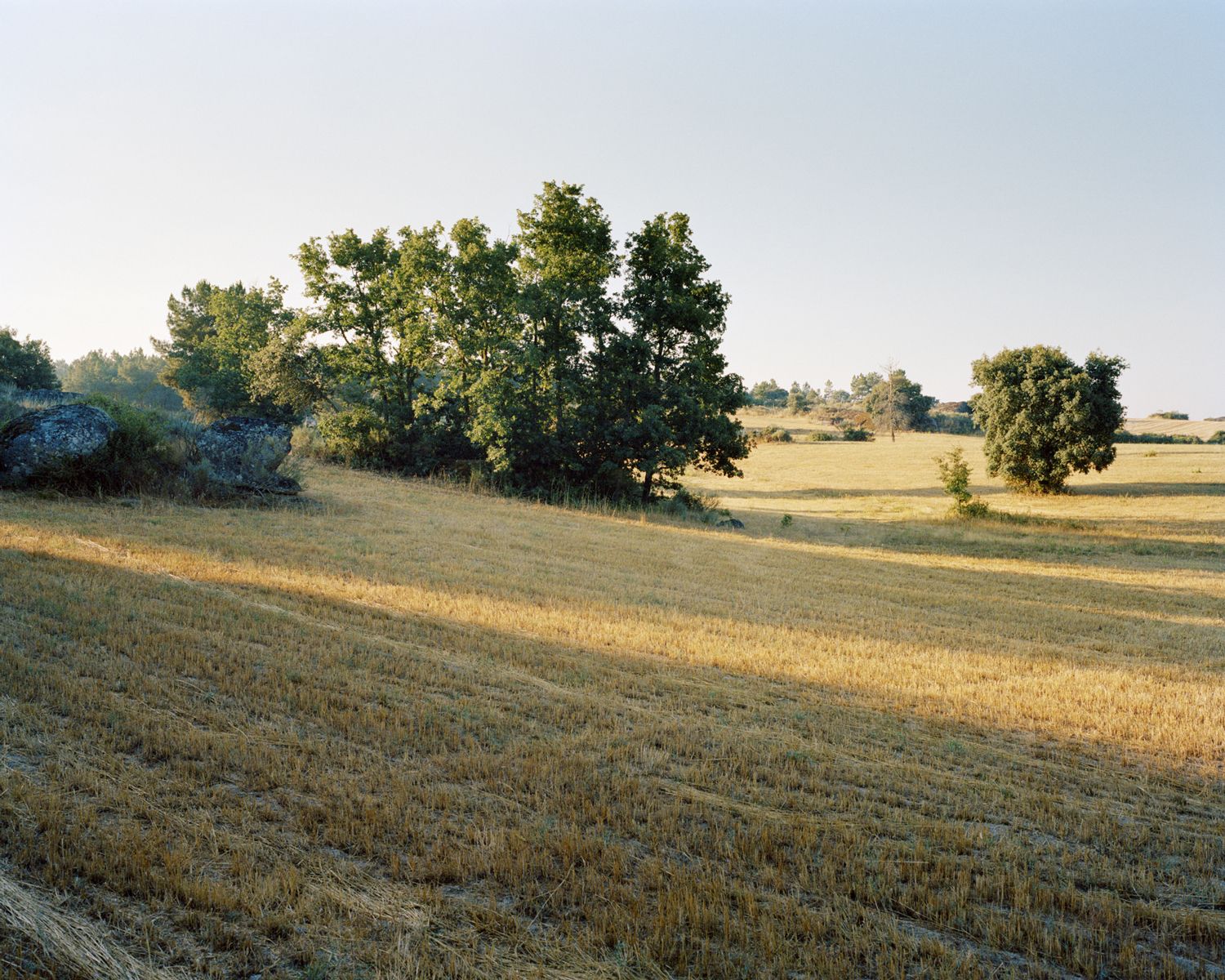

Behind the Lines
Dead man passed by here, Valter Vinagre’s most recent project, offers a kind of X-ray of Portuguese territory, a territory as symbolic as it is real. But if his photography consists essentially of ruins and remains – an observation that might be confused with the commonplaces often associated with the practice – in his case, it serves as a kind of trademark, a distinguishing feature of his brand.
This particular project, which took several years to mature before finally getting under way in 2015, focuses on the relationship between the enduring features of the landscape and what is no longer there. This is related to the specific nature of the photographed object: the various events that occurred across the country during the Peninsula Wars, referenced by the sites chosen and the titles of the works that make up the series. The option clearly reveals the challenge that Vinagre set himself: to create a portrait of the collective memory – or what remains of it – diluted in a transmuted geographic and human landscape, (meta-)physically conjuring up the past.
The events are conceived by their «absence» in the landscape in a metaphysical interaction between past and present; these portraits were taken at the date and hour of the violent and traumatic conflict that occurred two centuries before. This particularity of portraying historical sites (iconographic symbols of the collective memory) through something that is not there challenges the very technical relevance of photographic practice. By focusing on a kind of «aura» that leads the observer back to those past events, it composes a paradoxical symbolic record of the historical reality.
Valter Vinagre’s starting point is the incognito of the motives that govern human actions. Through his pictures, he seeks to make us aware of our history (the impossible portrait by those that were not present at the events) from remains camouflaged in the landscape. Dead man passed by here thus centres on these present-day scenes of geographies and unsuspecting appearances, formerly battlefronts demarcated by the advances and withdrawals of the French troops in Portugal over the course of three invasions.
In the process, Vinagre distances himself from the Western landscape tradition (the bourgeois representation of space and property, more disposed to timelessness and the synthesis brought about by painting processes), by striving to activate a legacy that persists despite mutations occurring on the surface. This silent enduring historical dimension of nature, which transports to the present the eternal anatomy of battles in an archaeology of the imagination, is here represented through its contrast with the sculptural tradition of marbles and bronzes that celebrate a more static past.
Nuno Aníbal Figueiredo
(Número – Arte e Cultura)



